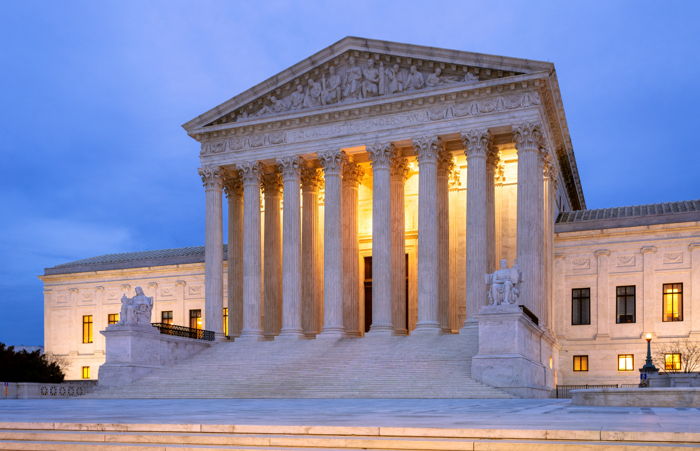
The Office of Management and Budget has outlined critical criteria and attributes to help your organization monitor subrecipients of COVID-19 relief funds.
Key insights
- Under the Uniform Guidance, primary recipients of COVID-19 funding have some flexibility in how they perform subrecipient management and monitoring.
- Procedures for monitoring COVID-19 relief funding depend on the type of funding and the specific applicable requirements.
- The OMB compliance supplement identifies four key aspects of subrecipient monitoring: Identify the Award and Applicable Requirements, Evaluate Risk, Monitor, and Ensure Accountability of For-Profit Subrecipients.
Have COVID-related funding questions?
The Coronavirus Relief Fund (CRF) (Funded through the Coronavirus Aid, Relief, and Economic Security Act of 2020) and the American Rescue Plan (ARP) Act of 2021 provided billions of dollars in emergency funding for state and local governments to respond to the COVID-19 pandemic. And though this funding provides massive relief for entities struggling to help their communities through this crisis, recipients should be aware of the federal compliance requirements that come with it.
The U.S. Department of Treasury imposed three major requirements on primary recipients under the Office of Management and Budget’s (OMB) Uniform Guidance: §200.303 internal controls, §200.331 – 333 subrecipient management and monitoring, and Subpart F audit. However, those policies have broad implications — particularly since primary recipients were given flexibility in how they address them and pass them through to subrecipients.
Good news
If, in the past, your organization has been awarded federal monies subject to Uniform Guidance and has distributed them to subrecipients, monitoring COVID-19 relief funding is not substantially different. Leverage your organization’s existing policies and procedures for subrecipient grant monitoring and add procedures as necessary, depending on your organization’s reporting needs and specific funding. This should all be highlighted in your agreement with the grantor.
If this is the first time your organization has received federal funding or the first time you’ve considered subgranting, establish procedures and protocols for monitoring. Determine who will be responsible and how frequently monitoring procedures will be performed. Your procedures will depend on the type of funding you received and the specific requirements applicable to that funding.
Best practices for subrecipient monitoring
When bringing home that new bundle of CARES Act or ARP funding from the Treasury, check that you have the resources to make the most of what has been entrusted to your organization. Congratulations, you are a pass-through entity. Let’s walk through the four aspects of subrecipient monitoring as identified in part III of the OMB compliance supplement.
Identify the award and applicable requirements
The pass-through entity is responsible for informing the subrecipient of applicable federal requirements, as well as identifying the source of funding and any additional administrative requirements imposed on them. Provide the subrecipient with the information described in section 2 CFR 200.331(a) to help them stay in compliance.
Request and obtain all requirements from the grantor prior to receiving any monies. This way, you can monitor and track required information alongside the subrecipient. Communicate and document everything through each stage of the grant period.
Evaluate risk
Evaluate risk to determine an effective use of your pass-through entity’s time and resources. Consider prior experience with similar subawards or results of previous audits — including single audits. New personnel or systems can increase risk, as well as if the subrecipient also receives federal awards directly from a federal awarding agency. Document controls processes and protocols to help mitigate risks.
Monitor
Monitoring the activities of subrecipients can verify the federal subaward is being used for authorized purposes and financial and performance goals are being achieved. Reviewing performance and financial reports and following up on any deficiencies noted by external auditors are required monitoring steps. Additional monitoring activities should be performed when appropriate and in response to the evaluated risk assessment. These tools can help your pass-through entity understand how the subrecipient is doing without directly supervising every aspect of the grant.
Ensure accountability of for-profit subrecipients
Accountability can help foster an environment of inclusivity. For-profit subrecipients may not be as familiar with compliance requirements as other nonprofits or governmental entities. Help keep subrecipients accountable by providing training or technical assistance on program-related matters or performing on-site reviews of the subrecipient’s operations. Consider arranging agreed-upon procedures if the subrecipient does not meet the $750,000 federal minimum for a single audit.
How we can help
For all grant administration, there is a relationship between the cost of an undertaking and the value of the resulting benefits, and if you had unlimited time and resources, there would be no issues with overseeing how the money is used. We have a team of experienced professionals who can help you navigate the complexities of COVID-19 funding. CLA is here to support you, so you can continue to provide valuable services to your community.
